- Consulte-nos
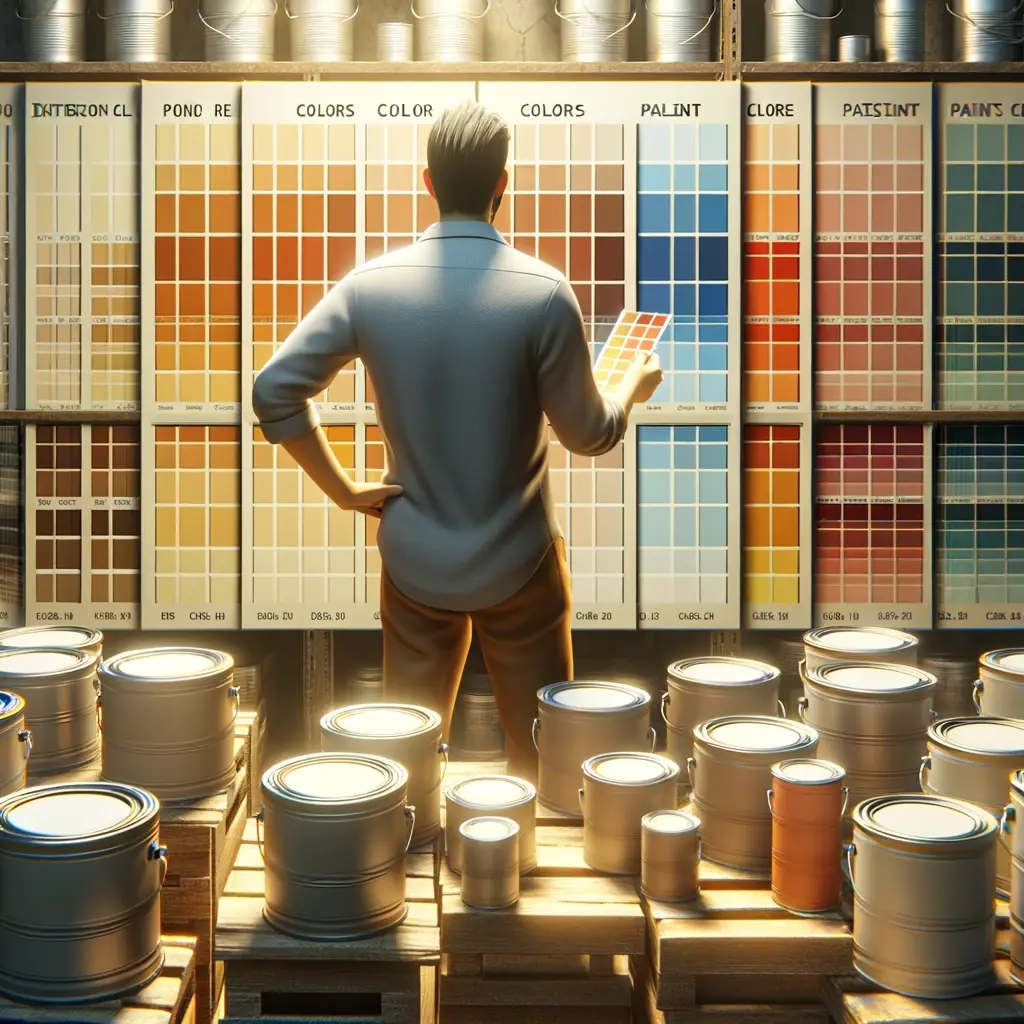
The Painting services in the Algarve, provided by AttitudeX , offer professionalism and quality.
The trust placed in us by our clients is our reason to work diligently and dedicatedly.
We do not perform miracles, but we have been able to realise dreams.
Below, we provide a brief guide to our painting process, offering an overview of what can be done. Each case is unique. We are available to assess yours.
Before starting the exterior painting, it is essential that the surface is properly prepared to ensure optimal paint adhesion. This phase involves a thorough cleaning of the surface, removing all dirt, dust, and debris.
Water and neutral detergent are often used for this purpose, resorting to a brush with stiff bristles for more resistant areas.
After cleaning, it is important to let the surface dry completely. The removal of old, flaking, or loose paint, through scraping or sanding, is also crucial to ensure a smooth and uniform base. Any cracks or holes should be filled with exterior-specific filler and, after drying, sanded until they are level with the surrounding surface.
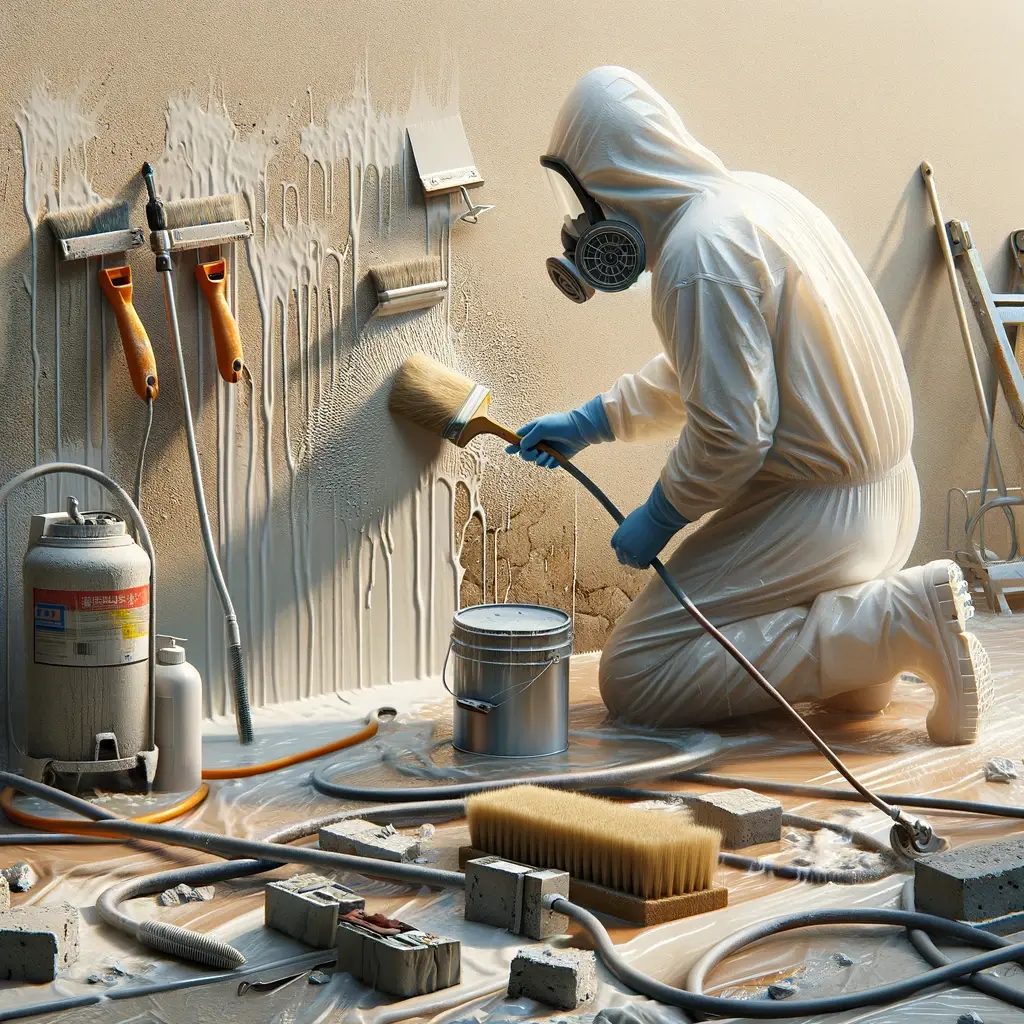
The use of an appropriate primer is essential to promote paint adhesion to the surface and increase the durability of the painting.
The primer prepares the surface, providing a base layer that improves the adhesion of the finish paint. A primer compatible with the type of surface to be painted (wood, metal, masonry, etc.) and with the finish paint to be applied should be chosen.
A uniform layer of primer is generally applied, following the specific instructions of the manufacturer regarding drying time before applying the finish paint.
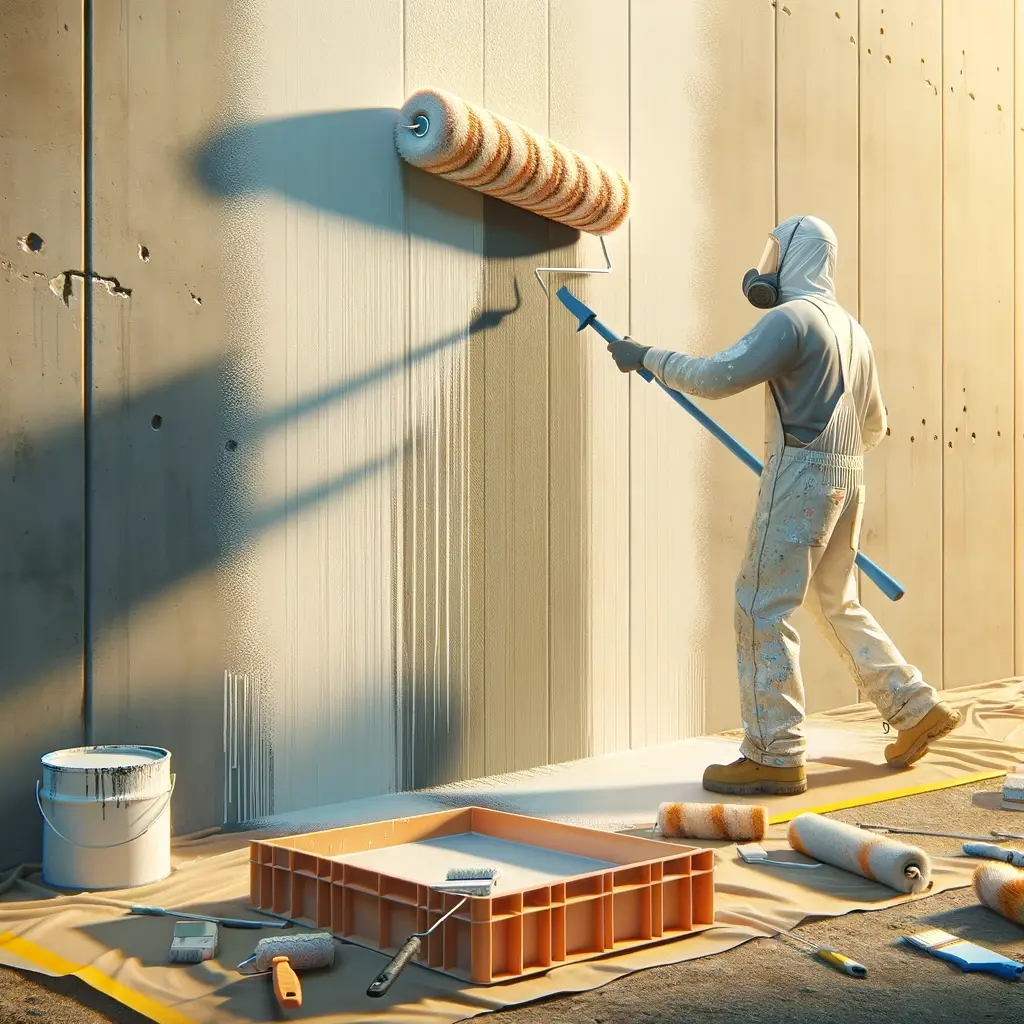
The selection of suitable paint is a decisive step in the exterior painting process. The type of surface to be painted (for example, wood, metal, masonry) and the climatic conditions to which the surface will be exposed should be considered.
Water-based paints are often recommended for their ease of application and cleaning, as well as having a lower environmental impact. Solvent-based paints, on the other hand, may offer greater durability in adverse weather conditions.
It is also important to pay attention to the desired finish (matte, satin, glossy), as this will affect the final appearance and maintenance of the painted surface.

To ensure a uniform and professional final result, the technique of paint application must be carefully executed. The use of rollers for large areas and brushes for details and corners is recommended.
Paint should be applied in thin, even layers, avoiding the temptation to cover the surface with a single thick layer, which can lead to runs and uneven drying.
Typically, a first coat is applied and allowed to dry completely as per the manufacturer's instructions before applying a second coat if necessary. This method helps achieve complete coverage and uniform colour.
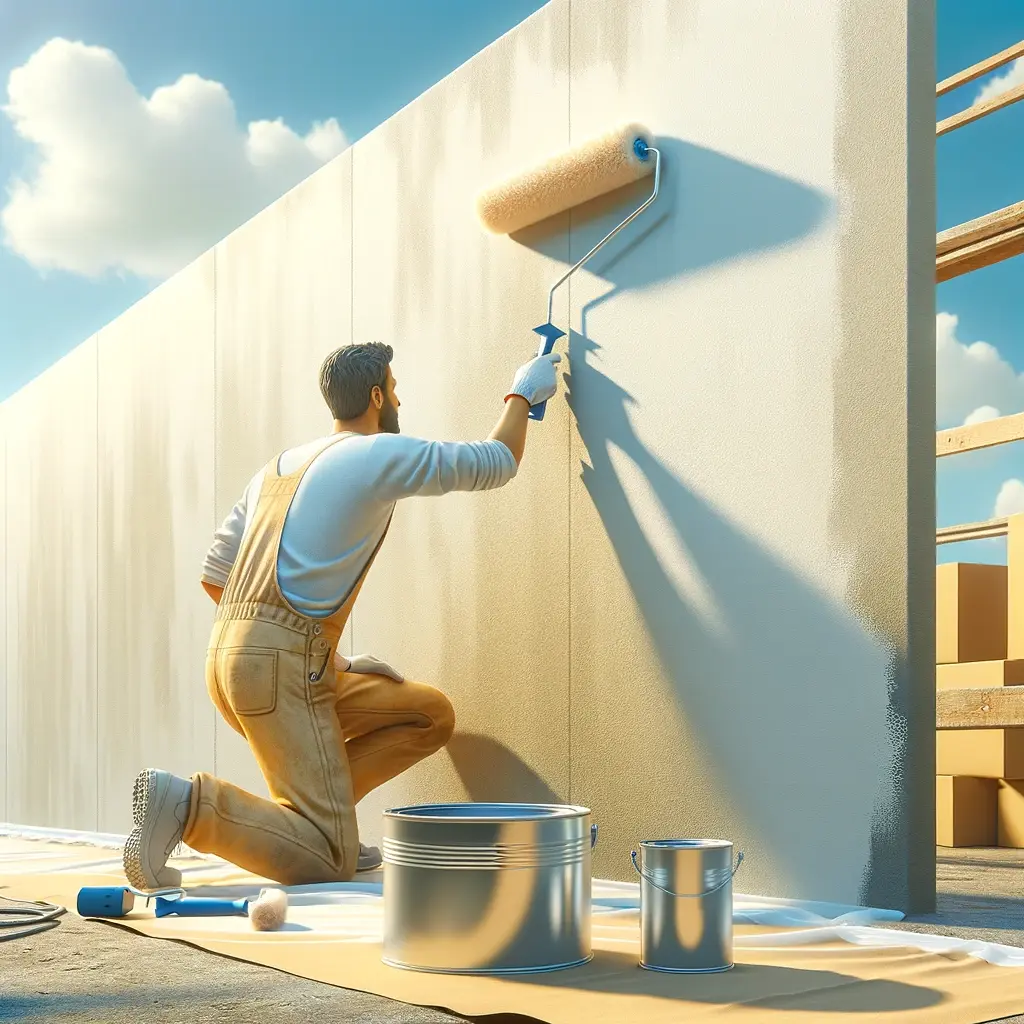
After the completion of painting, regular maintenance is key to extending the lifespan of the exterior paint. This includes periodic cleaning of the painted surface to remove dirt, dust, and other substances that may accumulate.
The surface should also be inspected regularly to detect signs of wear, such as peeling, cracks, or discolouration, and touch-ups should be carried out as necessary to preserve the integrity and appearance of the paint.
Preventative maintenance is always more advantageous and economical than repairing extensive damage.
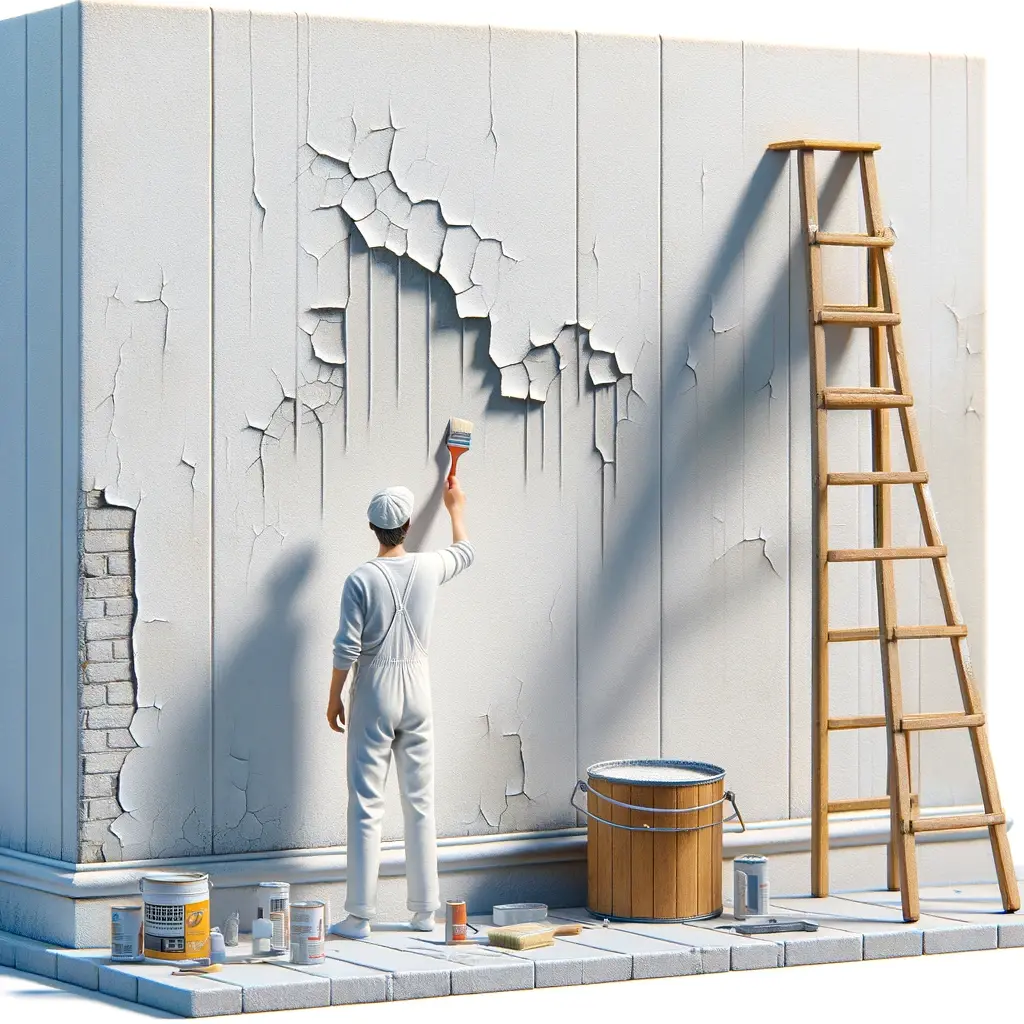
This guide to the stages in exterior painting is intended to provide an overview of the process, from surface preparation to paint maintenance. By carefully following these steps, one can ensure a quality, durable, and aesthetically pleasing exterior paint job.